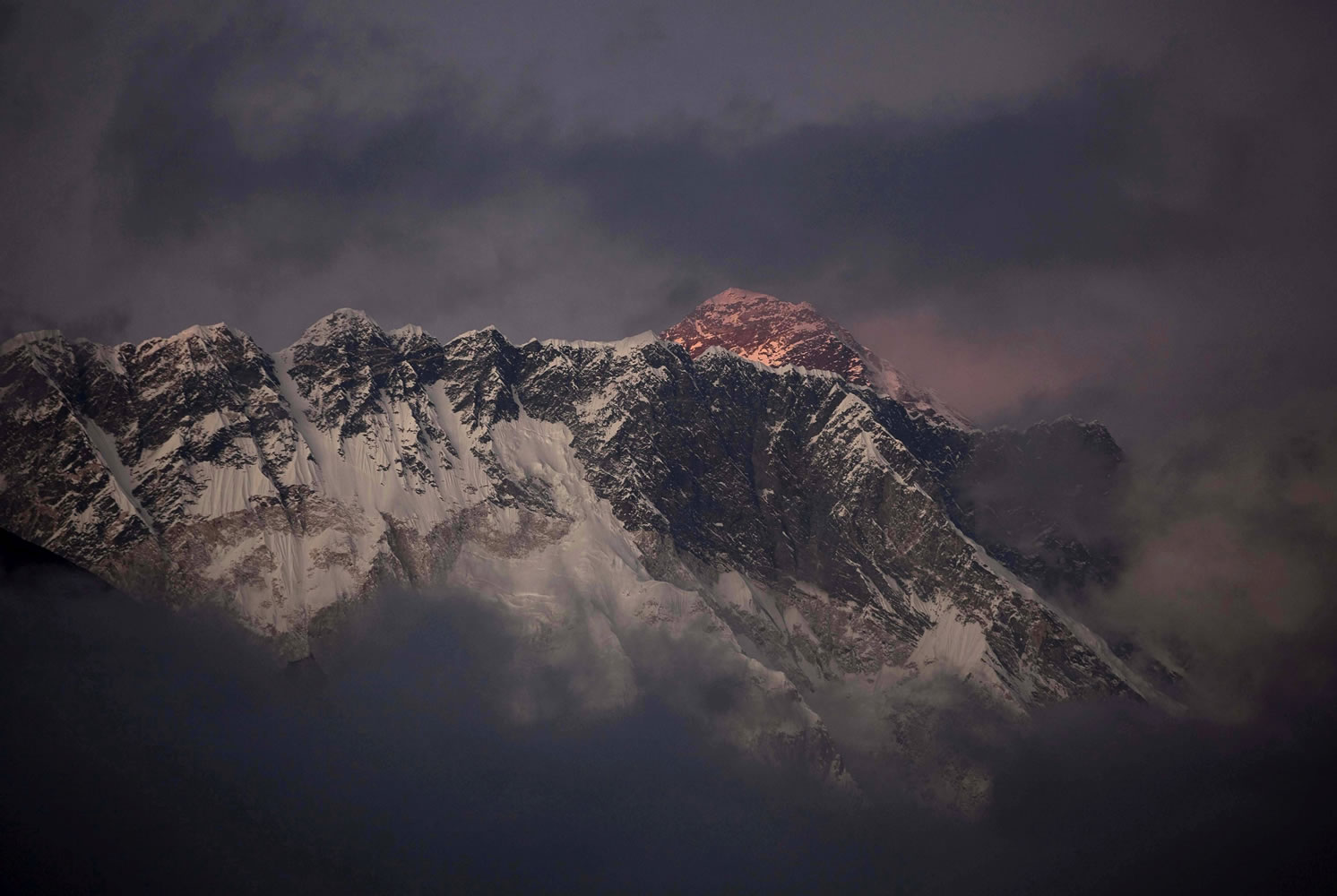KATMANDU, Nepal — Litterbugs are no longer welcome on the roof of the world.
As Nepal opens this year’s trekking season on Mount Everest, it is introducing new rules and oversight this week in hopes of taking more control over the world’s tallest mountain. The rules, including a demand that climbers bring down their own trash, are aimed at making the mountain safer — and cleaner, officials said.
If the hundreds of Western climbers each year clean up after themselves, “we can be assured that no new garbage will be added,” said Kapindra Rai of the mountain’s pollution control committee.
But what of the trash that’s already up there? Tons of crumpled food wrappers, shredded tents, abandoned ropes and spent oxygen cylinders now litter climbing routes, earning Everest the shame of being called “the world’s highest garbage dump.”
More than 4,000 climbers have scaled the 29,035-foot summit since 1953, when it was first conquered by New Zealand climber Edmund Hillary and his Sherpa guide Tenzing Norgay. Hundreds of others have died in the attempt, while many have succeeded only with help from oxygen tanks, equipment porters and Sherpa guides.
Yet, Nepal authorities have never had much control over what happens at the mountain’s extreme altitudes and remote regions.
Instead, private trekking companies are left to organize logistics and report any problems. They are also left to clear the trash, launching yearly springtime expeditions to bring down whatever hasn’t been covered over by ice and snow since the last season’s climbers tossed the refuse the side.
“There is no way to say how much garbage is still left on Everest,” said Dawa Steven Sherpa, who has been leading Eco Everest Expeditions since 2008 and plans this year’s effort to include about 30 foreign climbers and 45 Nepalis. “It is impossible to say what is under the ice.”
Still, Sherpas and environmentalists applauded the government’s new cleanup rules.
“This is a rule that should have been introduced a long time back,” said Ang Tshering, president of Nepal Mountaineering Association. “It is going to make sure that climbers obey the rules.”
Nepalese — who consider the mountain they call Sagarmatha to be sacred — sometimes attribute climbing deaths to bad karma earned through disrespecting the mountain. The Nepali language name Sagarmatha means “forehead of the sky,” while the Tibetan name for Everest is Chomolangma, or “goddess of the snow.”
For the government, the mountain is the centerpiece of tourism industry which earns the country $3.3 million each year in climbing fees alone. The industry also supports tens of thousands of Nepalese hotel owners, trekking guides and porters.
Some 230,000 people — nearly half of Nepal’s yearly foreign visitors — came last year specifically to trek the Himalayas, with 810 attempting to scale Everest. While the government has long asked climbers to clear their trash, there was little or no enforcement despite threats to withhold climbing deposits for polluting teams.
In order to enforce its new garbage-clearing rule, the government is setting up its first-ever Everest base camp tent for officials to check that each climber descends with approximately 18 pounds of trash — the amount the government estimates an exhausted climber discards along the route.
If the base camp presence is successful, the model will be rolled out to other climbing routes, the Tourism Ministry said.
“We are not asking climbers to search and pick up trash left by someone else. We just want them to bring back what they took up,” said Maddhu Sudan Burlakoti, head of mountaineering at the ministry.



